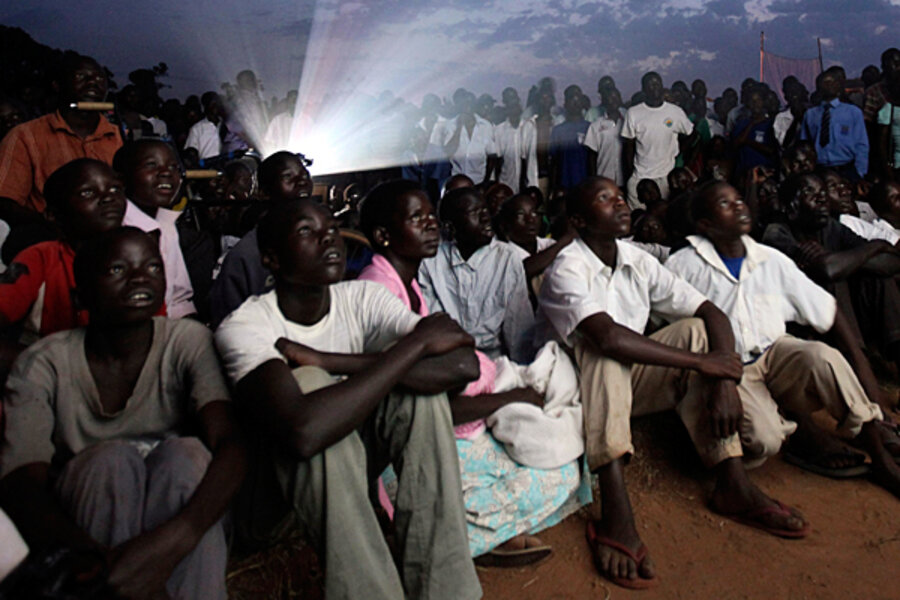Kony 2012: Five heretical thoughts on the fracas
Loading...
• A version of this post appeared on the blog "Congo Siasa." The views expressed are the author's own.
I resisted, now I have to succumb to the temptation of joining the fracas that is Kony2012. Some thoughts about some apparent assumptions, in no particular order.
The Kony2012 video is simplistic and reductive.
Absolutely. Notably, the video says little about what gave rise to the killing and the LRA itself, and what the current situation in Uganda is.
However, the video never says (as some have claimed) that the LRA currently numbers 30,000 child soldiers, just that they have abducted that many over the course of their existence (which is apparently in the correct order of magnitude).
The video also never says that the LRA is still in Uganda, although they could have made this clearer.
This reductionism is dangerous and can only lead to bad solutions.
Hold on - let's not be reductionist ourselves here! The video is a bit weak on solutions - in fact, it isn't clear what exactly their policy rec is. They like the fact that the US has deployed 100 advisers to the Ugandan army, and they seem to think that these advisers are in danger of being withdrawn - which, as far as I can see, is not the case. So the video looks like a bit of ex-post facto self-justification rather than a targeted advocacy effort.
At the end of the day, it is policy makers who call the shots, influenced by what their constituencies tell them to do. In this case, one could argue that the video has successfully put the LRA on their agenda - but not necessarily to do what the video tells them to do. Policy-makers should be smart enough (I flinch as I write this) to dodge the relevant potholes.
The video neglects the fact the northern Uganda is largely peaceful now and needs support for community development and livelihoods more than anti-LRA initiatives.
This argument gets my blood pressure up. En bref, go tell that to the hundreds of Congolese who have been murdered or maimed by the LRA in the past few years. In 2010 alone, the group killed over a thousand people, and on two days over Christmas in 2008 they killed over 620 people in the Congo. The LRA is still a huge threat to the local population of the Congo, South Sudan, and the Central African Republic. To say that we should stop caring about the LRA is absurd.
The video exaggerates the role of Invisible Children in getting the US to deploy advisers.
Yes, definitely. Every organization has to fund-raise.
The video pushes us toward a military solution, which provides indirect support to the Ugandan army and the patronage it provided to people in Museveni's government.
This is true, and I am very skeptical of the wholehearted endorsement of the UPDF the video provides.
However, I would like the skeptics to contemplate what a peace process would look like, and what lessons are to be learned from past attempts to negotiate with the LRA. Kony took advantage of the Juba peace talks in 2006-2008 to regroup, cross the Nile and stockpile food and supplies. He emerged stronger, and from sat phone intercepts and testimony of deserters, it appears that he never really intended to sign any deal.
Could there be a peace deal without Kony? Possibly, but instead of just shooting down the military initiative, I would like to see critics propose a viable alternative that takes into account Kony's block-headedness.
Jason Stearns is the author of the book, Dancing in the Glory of Monsters: The Collapse of the Congo and the Great War of Africa, and the blog,Congo Siasa.





